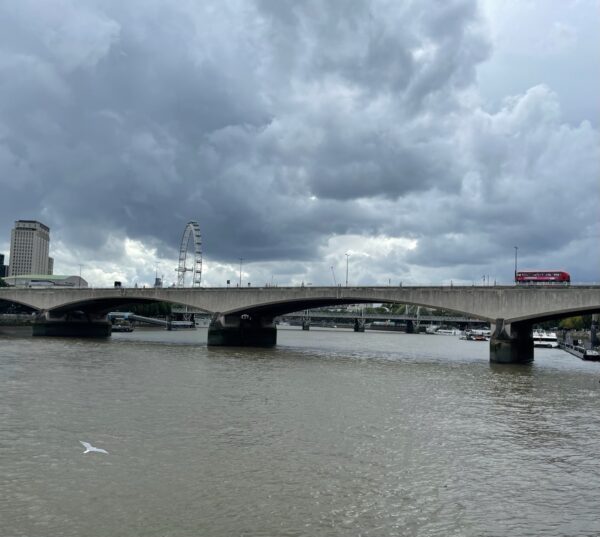Homes across London remain at risk of being flooded by effluvia as a result of the capital’s Victorian sewage system and heavy rainfall, the BBC has reported.
The London Flood Review concluded current infrastructure is unfit for purpose, especially in extreme weather.
Downpours last July, equivalent to two months’ of rain within two hours, led to about 1,500 properties being covered in excrement and dirty water.
Flash floods lifted manhole covers and caused waste to rise through toilets. The city needs a better way to cope, the review said, according to the Local Democracy Reporting Service.
“Such events are likely to occur more frequently in the future and the various organisations which manage flood risk will need to work collaboratively to ensure that the impacts of flooding are managed appropriately,” it added.
Among the ideas to help stop London’s sewers from flooding were “regreening” areas so there is less surface run-off, and introducing bigger pipes.
Although at the time of construction the Victorian sewer system for London had ample capacity, “the evolution of the cityscape has had an effect on the ability of the sewerage system to cope with the current flows which drain to it, which has resulted in some areas now not being able to cope with a 1-in-5 year event”.
The report also analysed whether the Thames barrier could be used to help control water levels. But it ruled that the barrier would not be able to be raised quickly enough to cope with fast rainfall.
Its release came a fortnight after Londoners and people in north Kent and south Essex were invited to give their comments on managing the risk of flooding amid climate change and rising sea levels.
The Thames Estuary 2100 Plan is a joint project by the Environment Agency and a number of other bodies to ensure homes, businesses and critical services from Teddington to Sheerness and Southend remain protected by the end of the century.
For further information click here.
